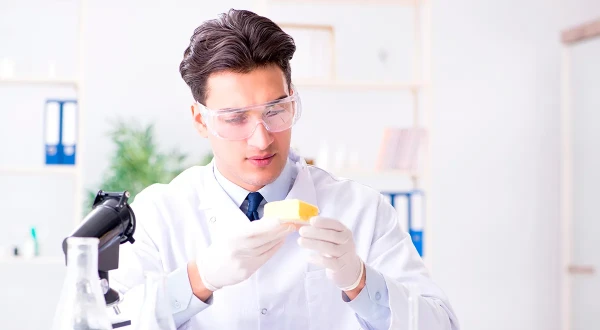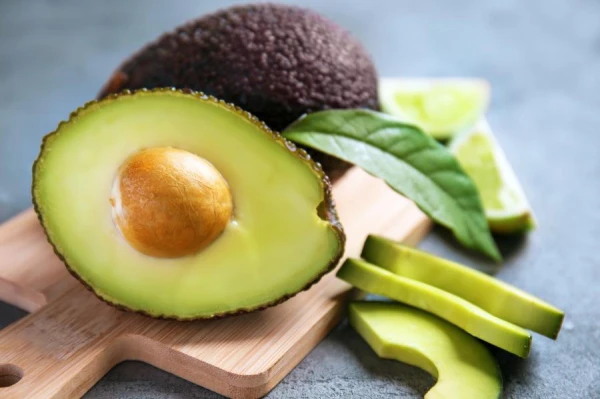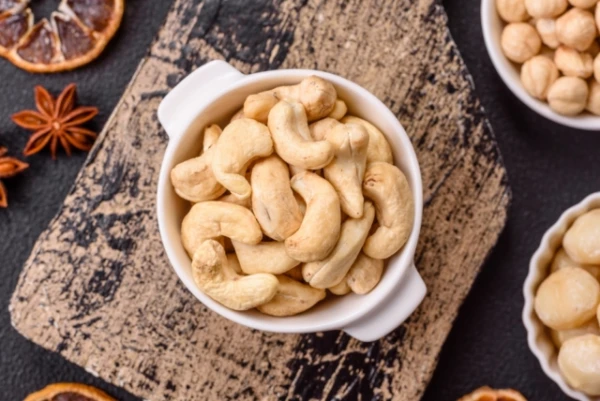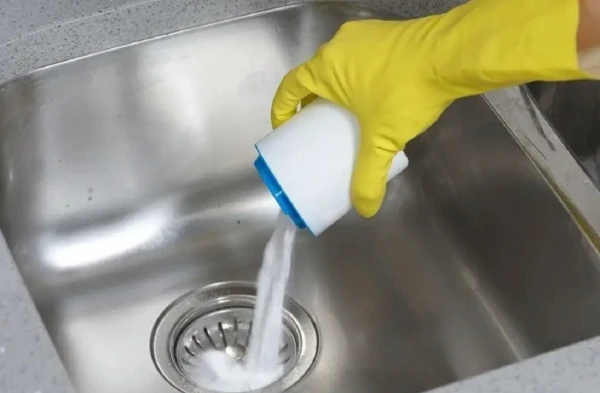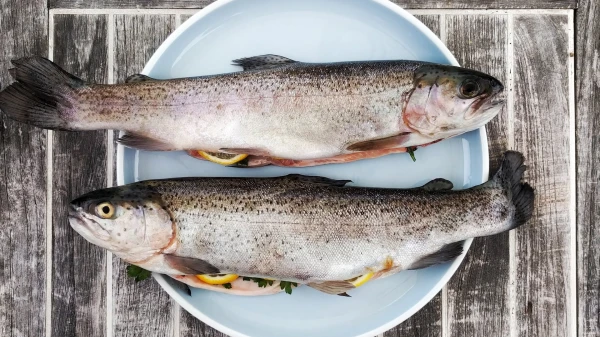
ES&TL: fish and shellfish are not the main source of microplastics for humans.
Fish and shellfish are not the main source of microplastics for humans, as shown by an analysis from researchers at Heriot-Watt University (UK). According to Environmental Science & Technology Letters, over 70 percent of scientific and media materials on food pollution with microplastics have focused on seafood, creating a misleading impression of their particular danger.
According to the authors' calculations, humans consume only 1–10 particles of microplastics per day from fish and shellfish — comparable to other foods, including salt, honey, and chicken. Meanwhile, the main sources remain household air and dust: they account for up to 1000 particles per day. Scientists emphasize that there is no evidence of health harm — the particles are naturally excreted from the body.
Experts warn that due to exaggerated publications, some people are reducing their seafood consumption, depriving themselves of its benefits. "Seafood provides more benefits than risks," noted Professor Ted Henry, a co-author of the study.

